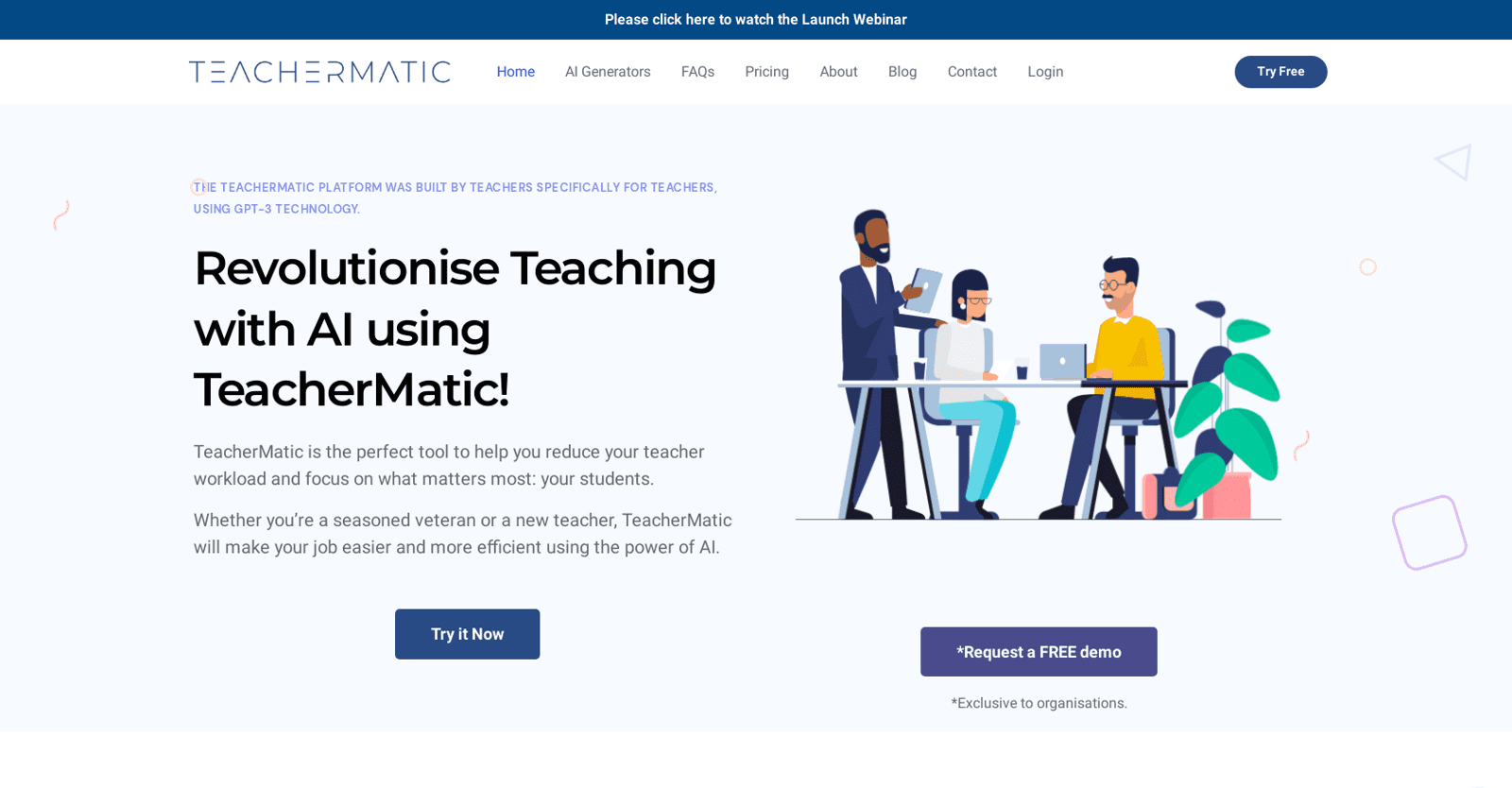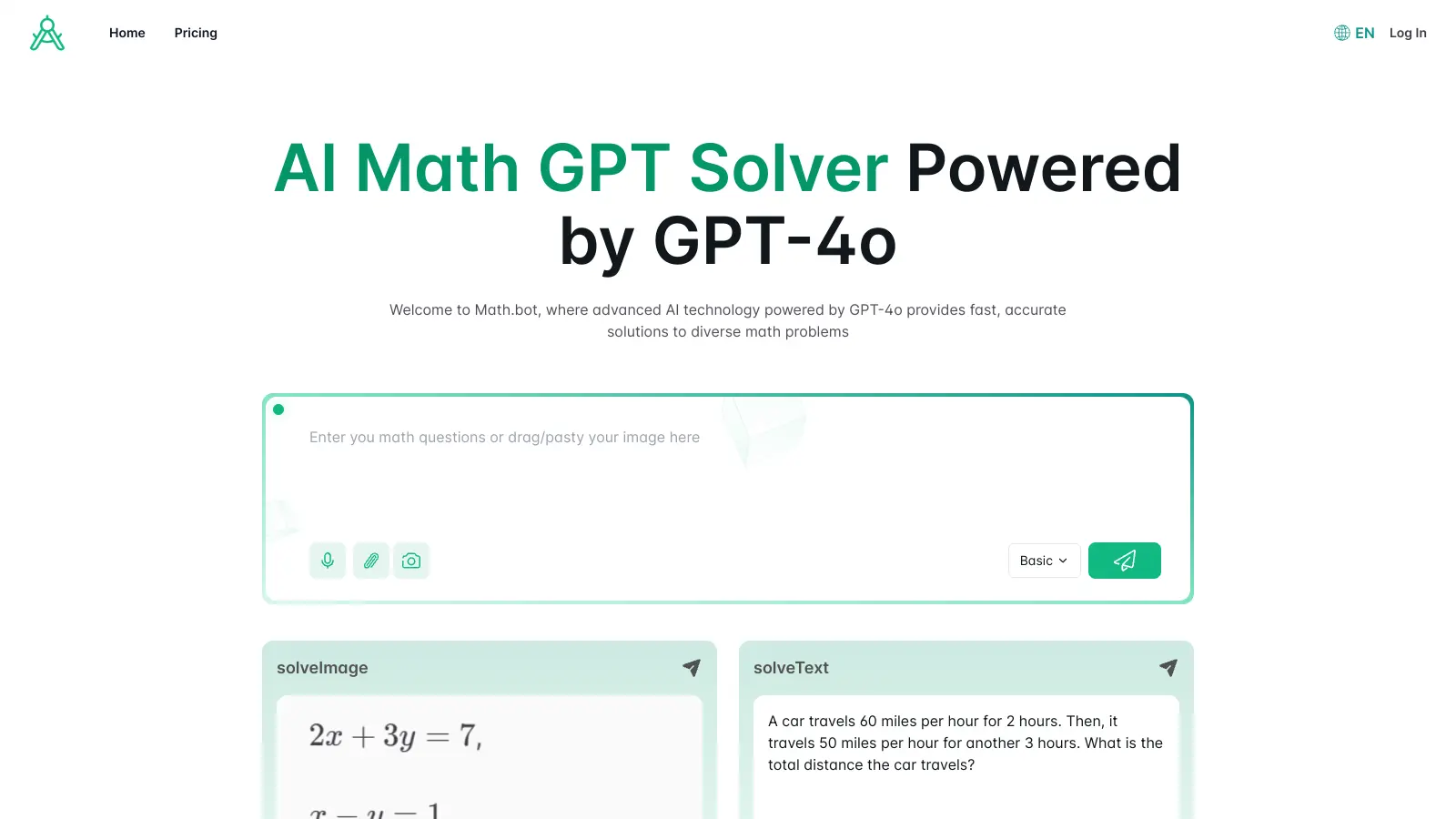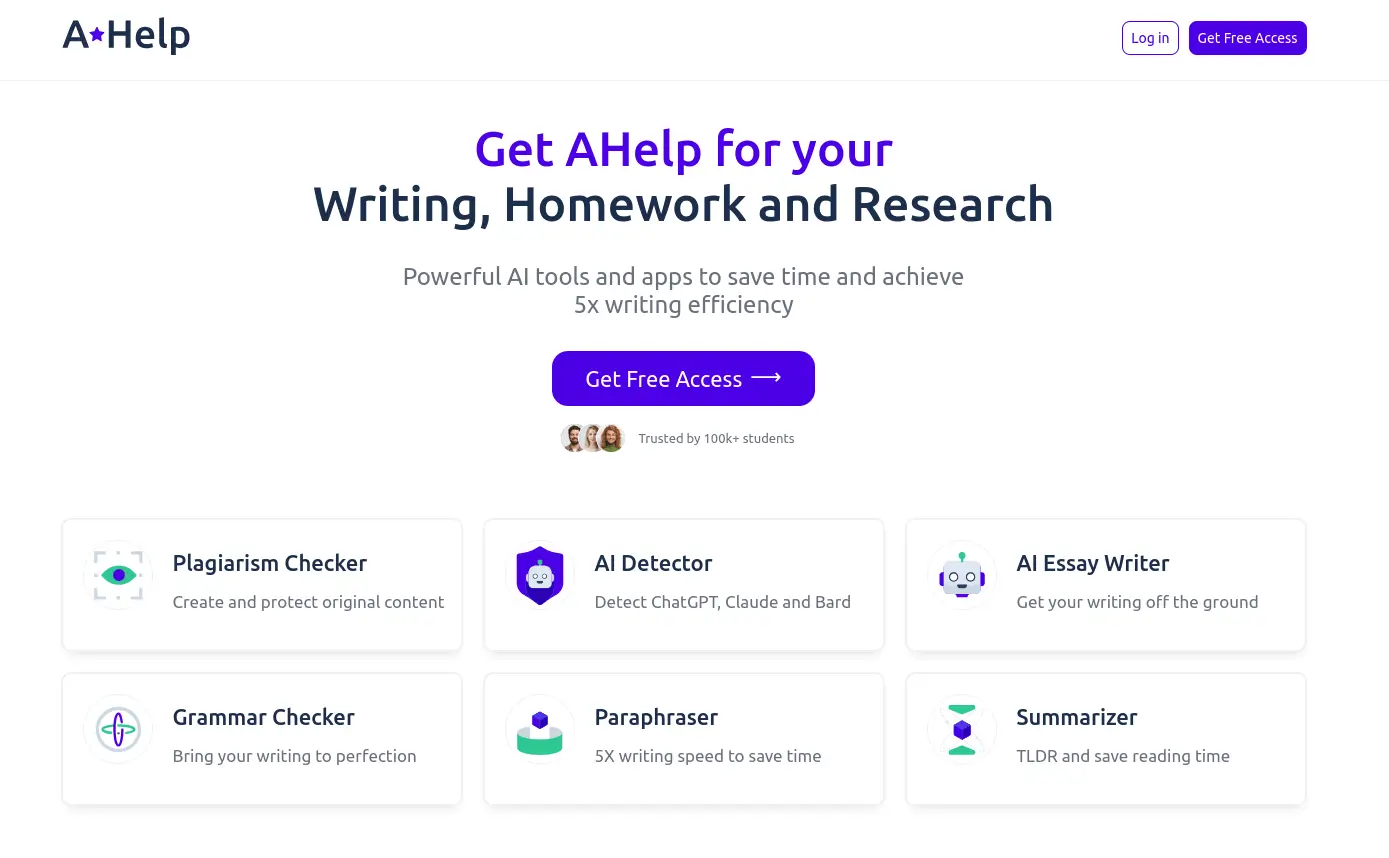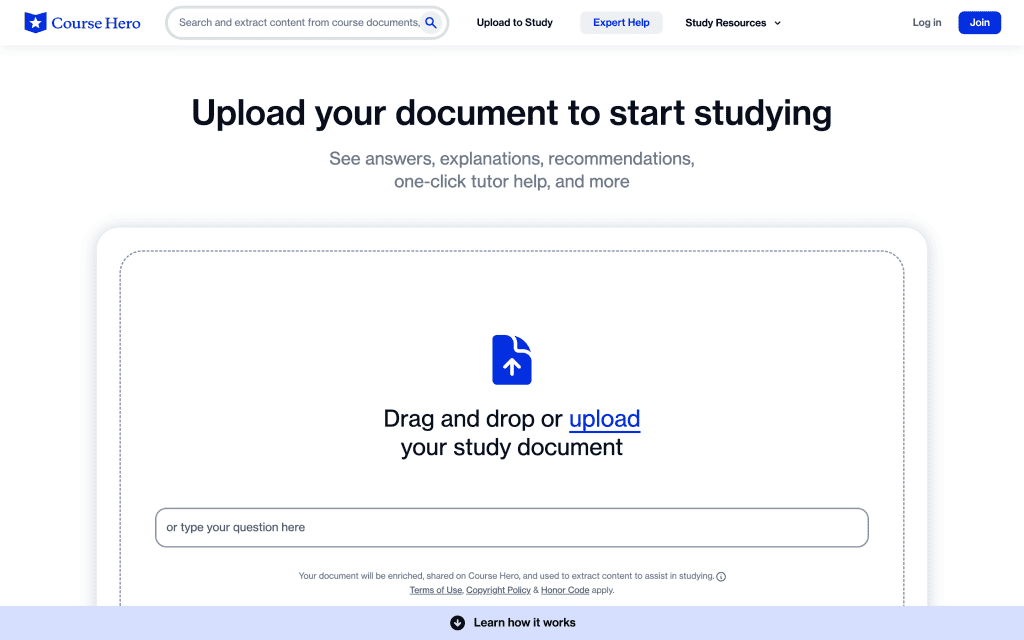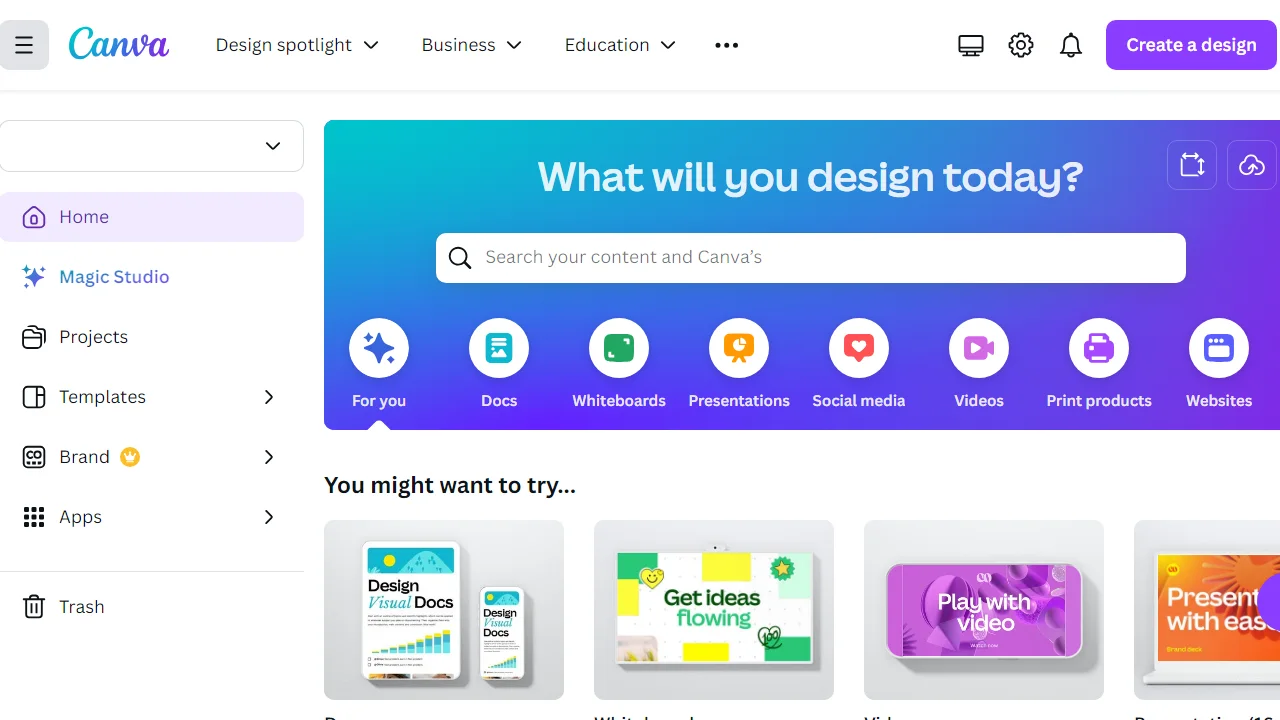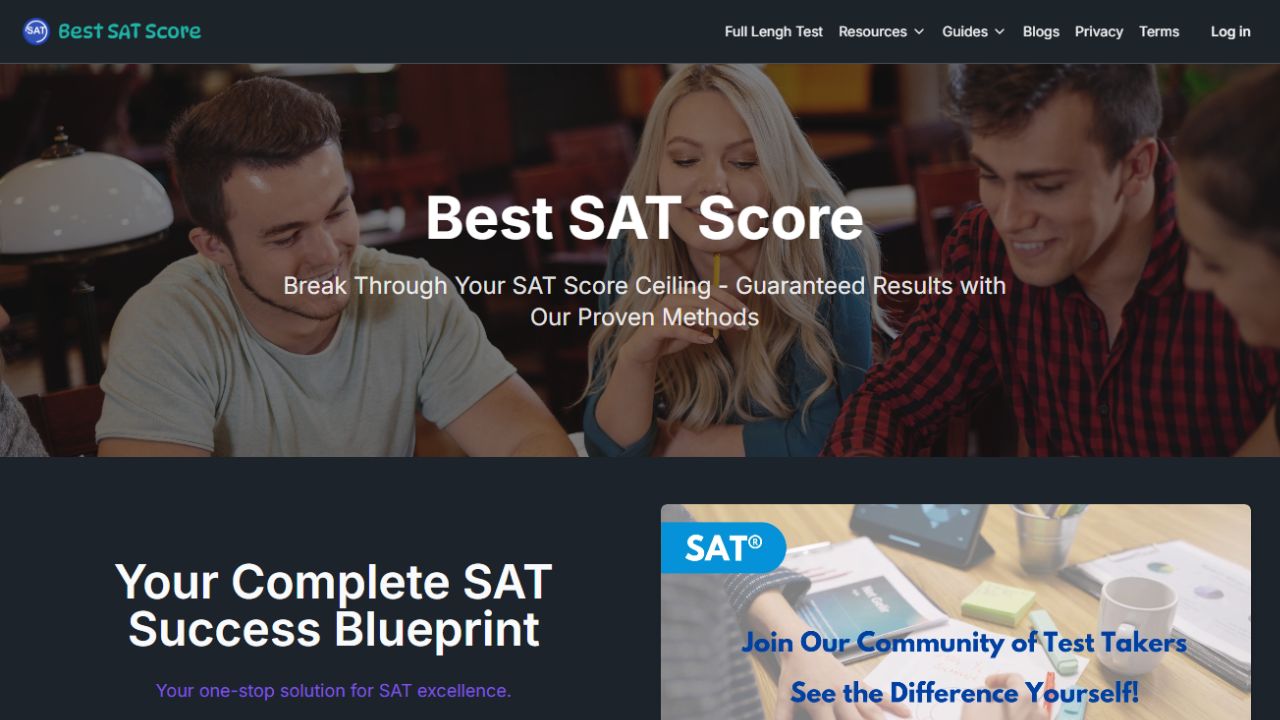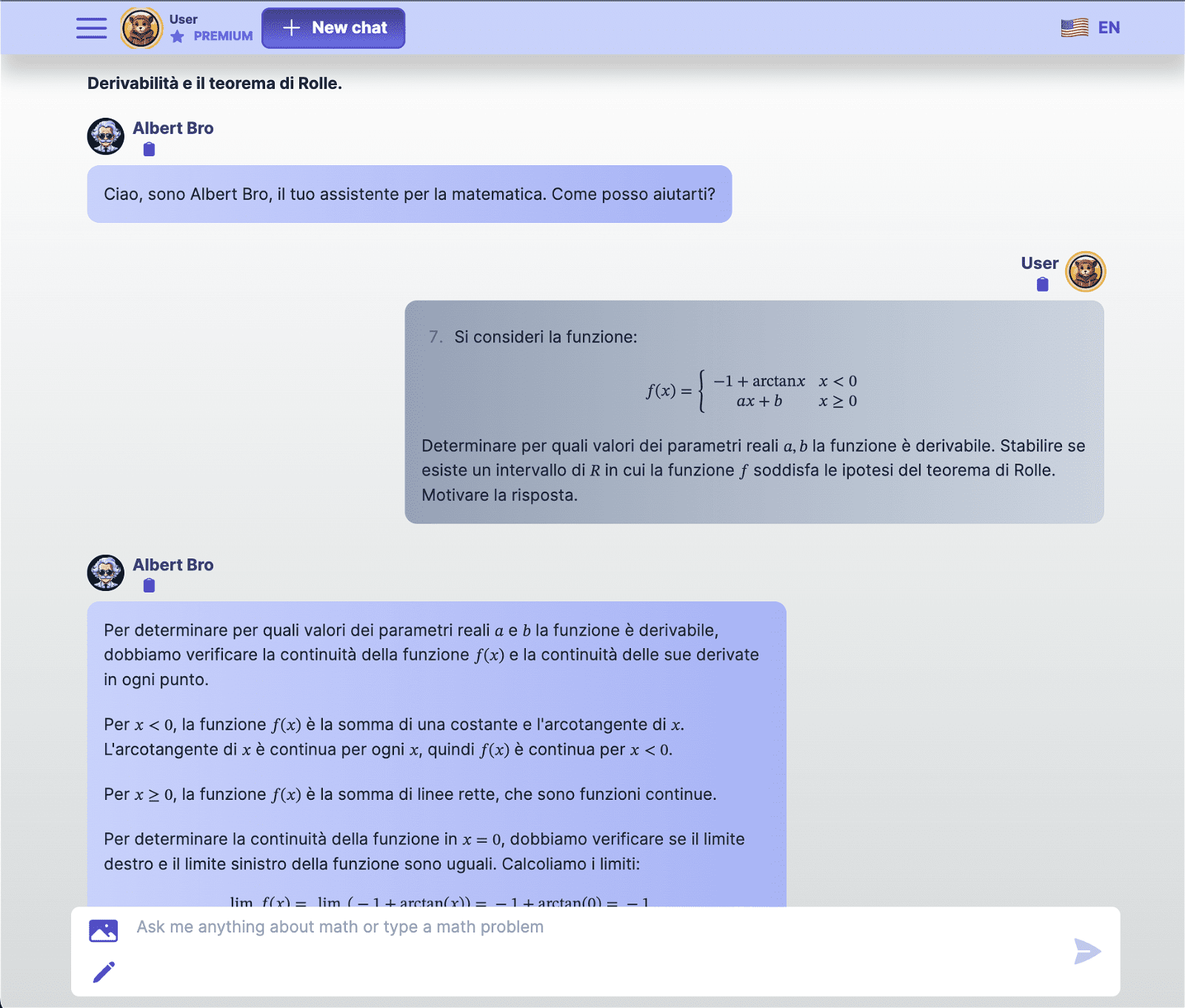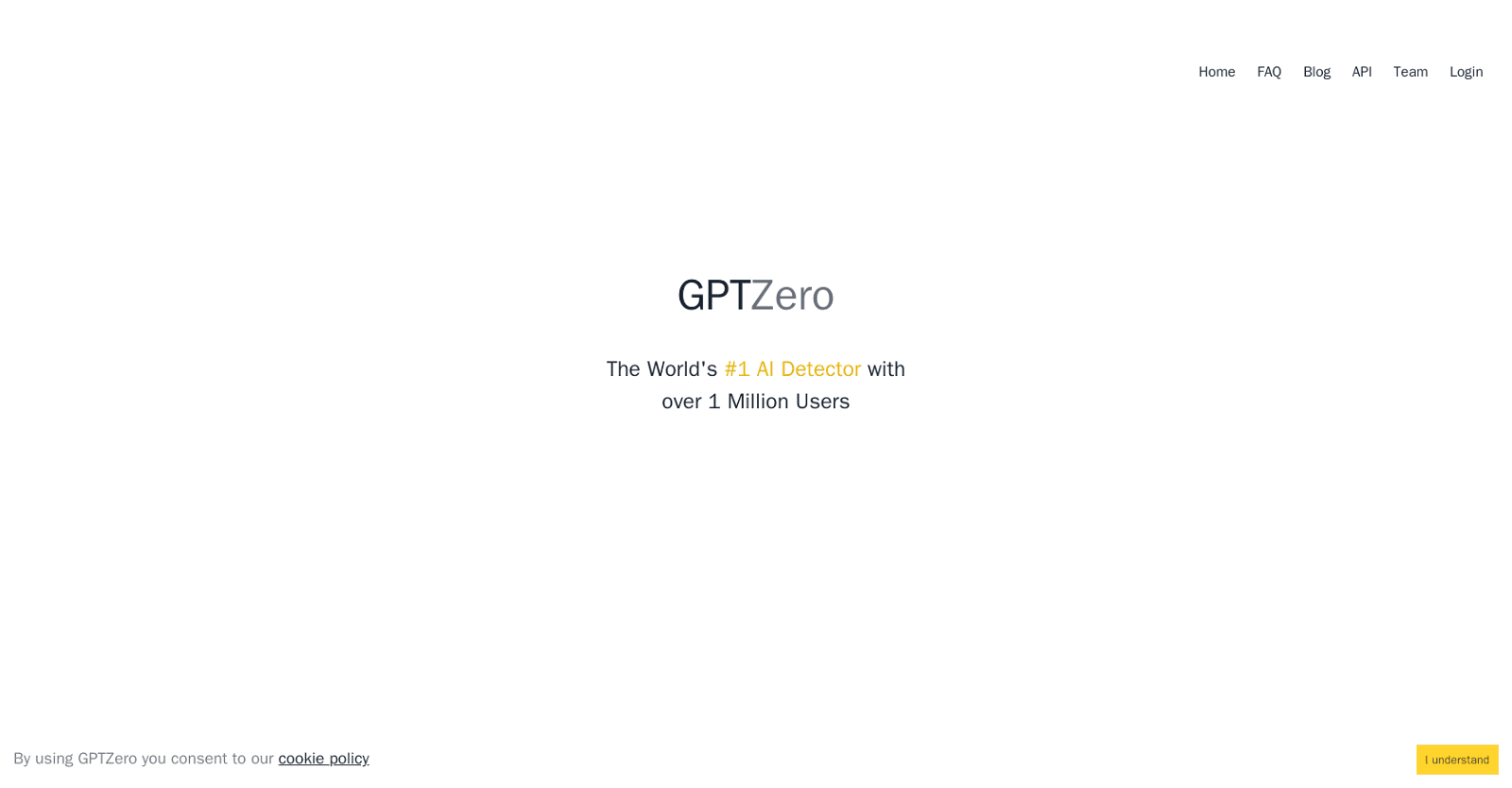Teachermatic is an AI-powered platform designed specifically for teachers to reduce their workload and focus more on students. It uses GPT-3 technology to revolutionize teaching, learning, and assessment.
Teachermatic offers various AI-generated tools to ease the burden on educators, including lesson planning assistance, multiple-choice question maker, scheme of work generator, rubrics generator, and class question generator, among others.
Teachers can easily create a wide range of learning objectives based on Bloom’s taxonomy’s six cognitive learning domains and develop engaging and relevant questions for their students using the class question generator.
Teachermatic also offers a glossary generator that allows teachers to quickly create a glossary for any topic or subject, as well as an AI rubric generator to save teachers time and effort in creating grading criteria for assessments.
More details about TeacherMatic
How does Teachermatic interpret teachers’ inputs?
Teachermatic interprets teachers’ inputs using advanced language processing algorithms. These algorithms ensure that the AI understands the requirements put forward by the teacher, and then accordingly generates the needed resources.
Can Teachermatic assist in planning lessons?
Yes, Teachermatic can assist in planning lessons. It features a lesson planning assistant tool that makes the process much easier and less time consuming. It uses inputs provided by teachers to generate comprehensive and high-quality lesson plans adapted to their specific needs.
Can Teachermatic be used to create resources like worksheets and activities?
Yes, Teachermatic can be used to create a range of resources such as worksheets and activities. By simply inputting desired topics, teachers can use Teachermatic’s AI-powered tools to construct high-quality, customized resources to aid in teaching and learning.
How does Teachermatic help in reducing teacher workload?
Teachermatic helps in reducing teacher workload by automating a range of tasks. These include generating lesson plans, creating multiple-choice quizzes, suggesting class questions, producing grading rubrics, and compiling glossaries.
